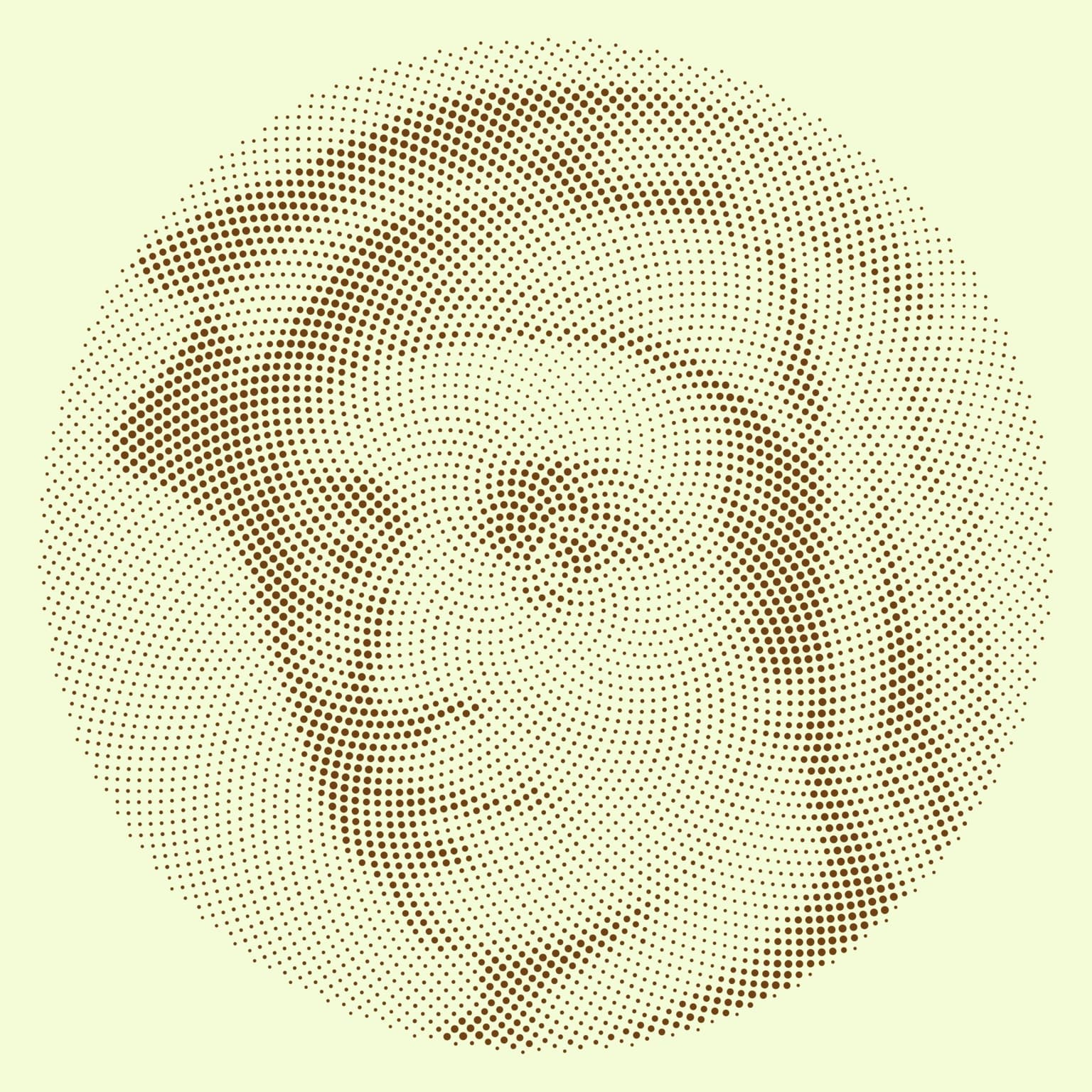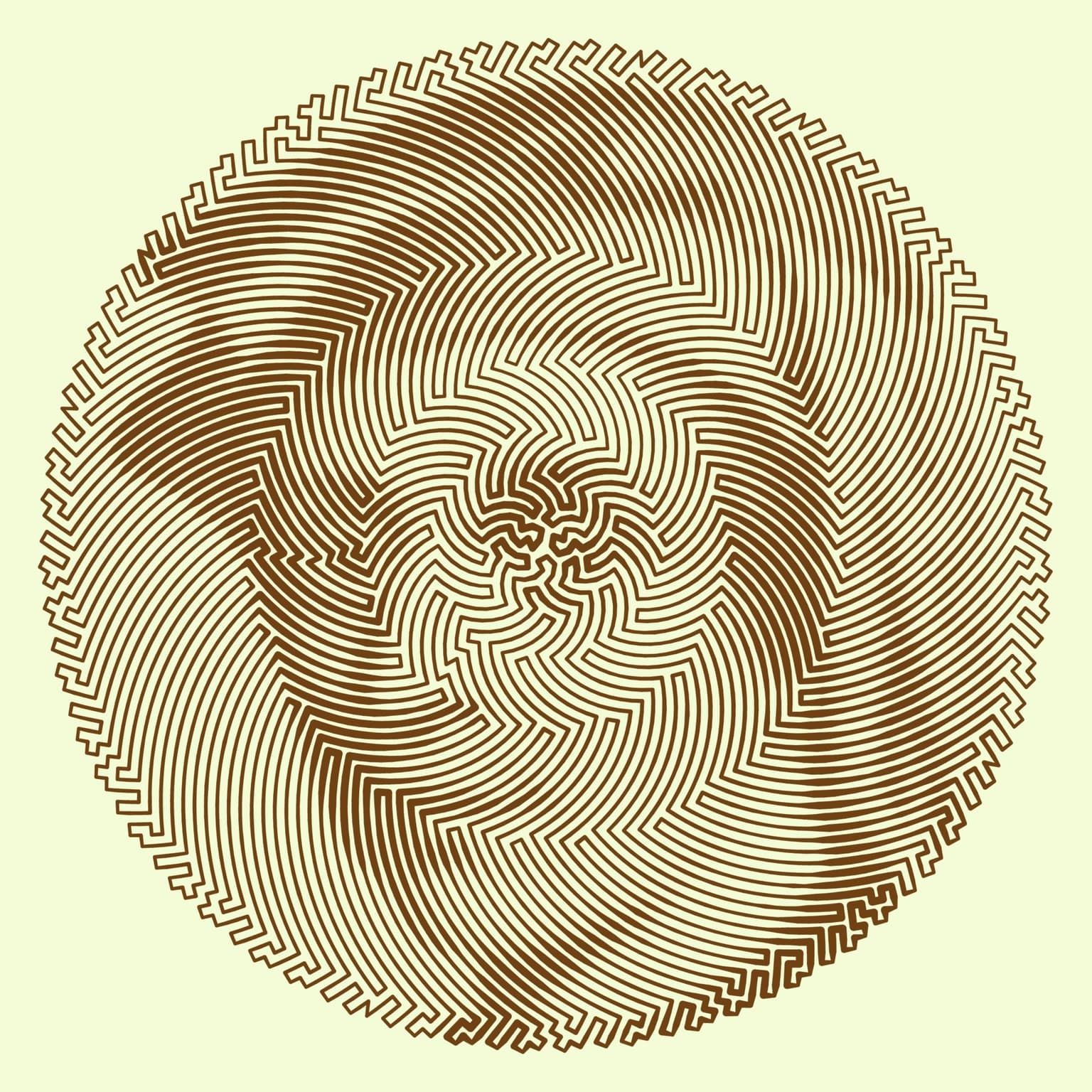Robert Bosch
Artists
Robert Bosch
Artist/Professor of Mathematics
Oberlin College
Oberlin, Ohio, USA
Statement
The mathematician in me is fascinated with the various roles that constraints play in optimization problems: sometimes they make problems much harder to solve; other times, much easier. And the artist in me is fascinated with the roles that constraints play in art. All artists must deal with constraints, and many artists choose to impose constraints upon themselves. The benefit of this was well expressed by Joseph Heller (paraphrasing T.S. Eliot): 'If one is forced to write within a certain framework, the imagination is taxed to its utmost and will produce its richest ideas.'
Artworks

Phyllotactic Portrait of Fibonacci
18" x 18"
Digital print on canvas
2013
Using a simple model of phyllotaxis (the process by which plant leaves or seeds are arranged on their stem), I positioned dots on a square canvas. By varying the radii of the dots, I made them resemble Fibonacci. Incidentally, the number of dots, 6765, is a Fibonacci number. So are the number of clockwise spirals (144) and counterclockwise spirals (233) formed by the dots.

Phyllotactic TSP Art Portrait of Fibonacci
18" x 18"
Digital print on canvas
2013
I interpreted the dots from the Phyllotactic Portrait of Fibonacci as a 6765-city instance of the Traveling Salesman Problem (TSP). Using the version of the Lin-Kernighan heuristic that comes with the Concorde TSP Solver, I obtained a good tour. When I drew the tour, I allowed each edge to vary in thickness.